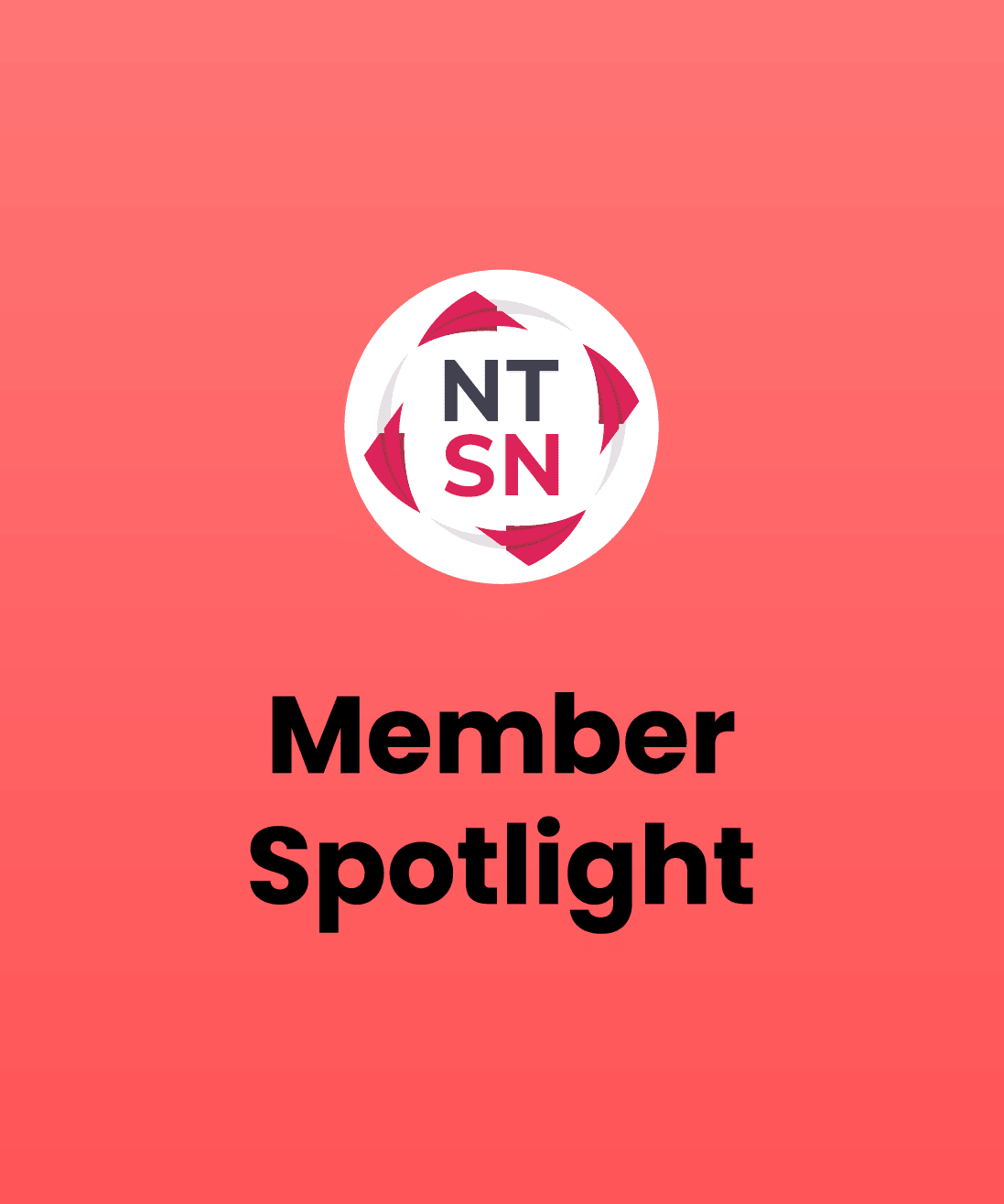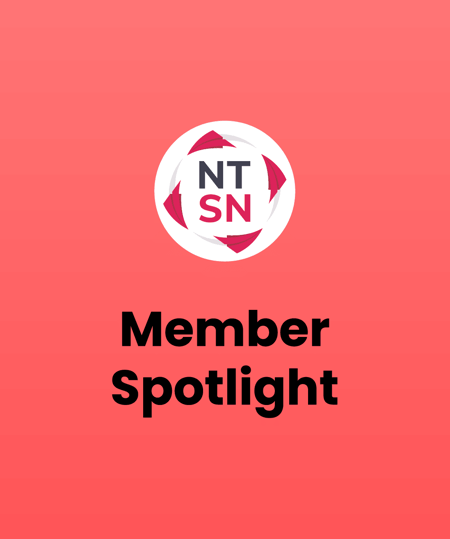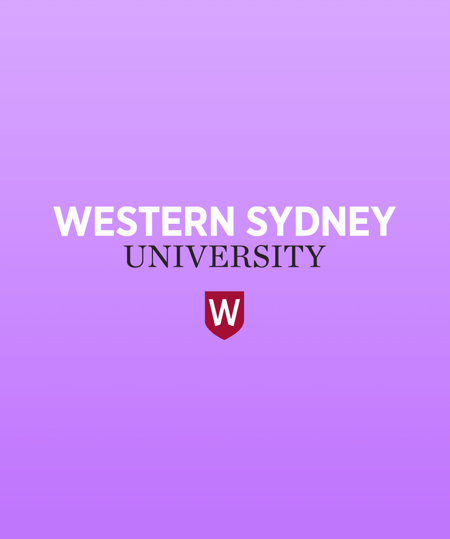Community Story: How Marymount Manhattan dropped peer notes
We spoke to Lindsay Green, Assistant Director of Disability Services, about how her students have learned to love assistive technology and move away from peer notetakers.
 2 min read
2 min read
 Published: 8 Jun 2021
Published: 8 Jun 2021
 Paddy Heaton
Paddy Heaton


Over the past year students have had to adapt to the new normal and move away from what they are comfortable with.
Receiving provided notes has often been a comfortable norm for students, but the pandemic revealed that some of these practices simply don’t work anymore.
In the Note Taking Support Network, our community of over 600 disability support professionals, Lindsay Green shared how students at Marymount Manhattan came to the realization that utilizing tech alternatives to peer notes was beneficial. Here are some excerpts from our interview with Lindsay:
Students didn’t even look at their peer notes
"Before the pandemic hit, Marymount was seeing an upward shift in assistive technology such as Glean, and a decrease in requests for peer notes. Moving towards the fall, students were like, “oh boy, now my classes are synchronous on Zoom, what does this mean?”. Our requests for peer notetakers shot up. It was really extraordinary how many students said they needed that safety net of a peer notetaker. I said, why don't we do both? Why don't you have the safety net of a peer notetaker, as well as still use Glean in the classroom? Halfway through the semester, I reached out to all of them who had both and saw that they were not looking at their peer notes. What's the point of the safety net if you're not even using it? I don't think you need it. I think they were just scared of the process."
The move towards assistive technology
"We're actually almost at capacity on our Glean licences, so that's really awesome. They're really excited with the new software, saying 'this is so much this is so much better for how I learn', 'I really like the new interface', yada, yada, yada. This is where we're going and I can only imagine that come Fall, we're going to have more people wanting to use Glean."
What comes next?
"Prior to the pandemic we were really noticing that technology is taking over lives. The amount of technology in the classroom is increasing and the amount of technology as a tool is also increasing. The pandemic and the immediate need to move to a fully virtual basis really was a catalyst for accessible curriculum, for using technology inside the classroom and outside of the classroom as tools. I think that the institution realized that this is where we wanted to go - we just needed a pandemic to get there, unfortunately."
Written by Paddy Heaton

Read the full interview with Lindsay and join over 600 other disability services professionals on the Note Taking Support Network for free!
More from Success Stories
View All
 3 min read
3 min read
Returning to education: How mature students are using Glean
It can be daunting returning to education as a mature student, but with the right support, it can be incredibly rewarding. This blog shares the stories of two mature students, and how they successfully navigated new learning challenges.

 1 min read
1 min read
Community Story: Why Cornell University said goodbye to peer notetakers
We spoke to NTSN member Sarah Bonawitz, accommodation specialist at Cornell University, about the challenges she and her students have faced this past year and her department's priorities returning to on-campus learning.

 2 min read
2 min read
What happens when you stop using professional notetakers?
Western Sydney was looking for an alternative to professional notetakers. Discover how 200 students favoured a more effective tool for note-taking skills.





